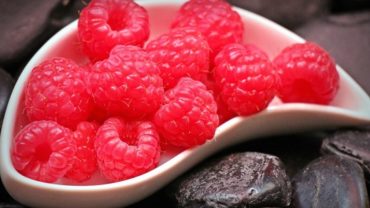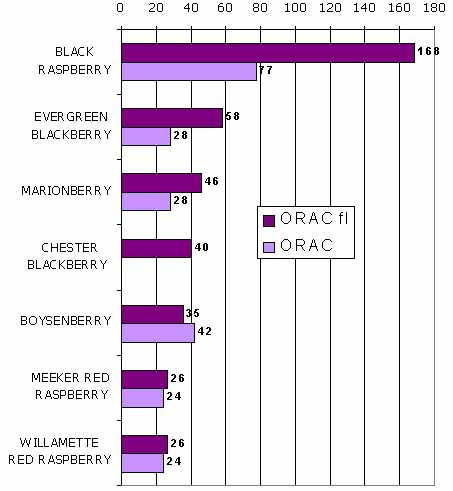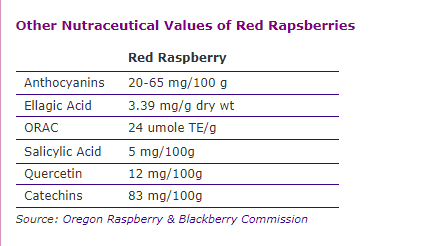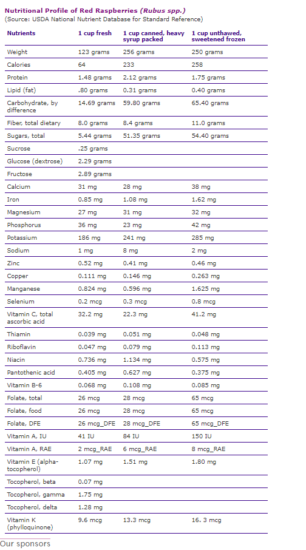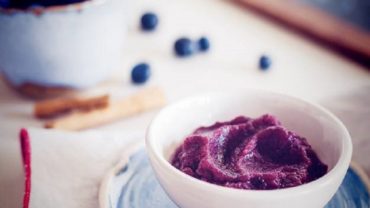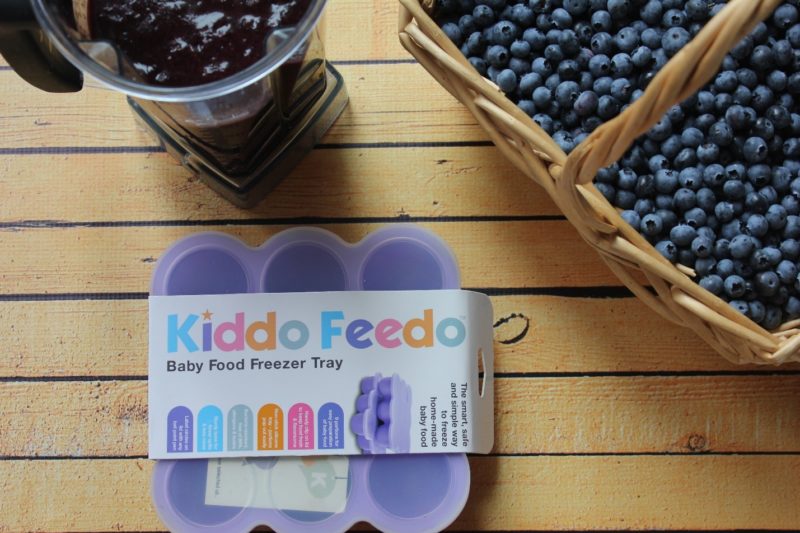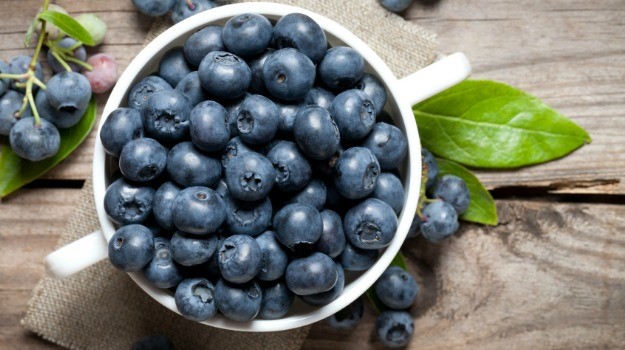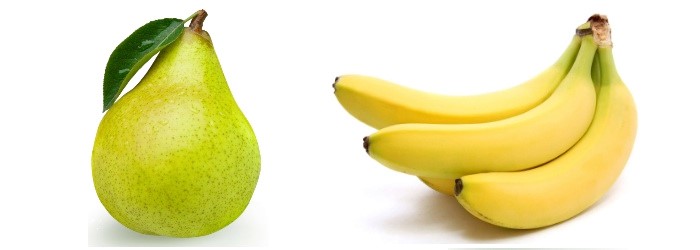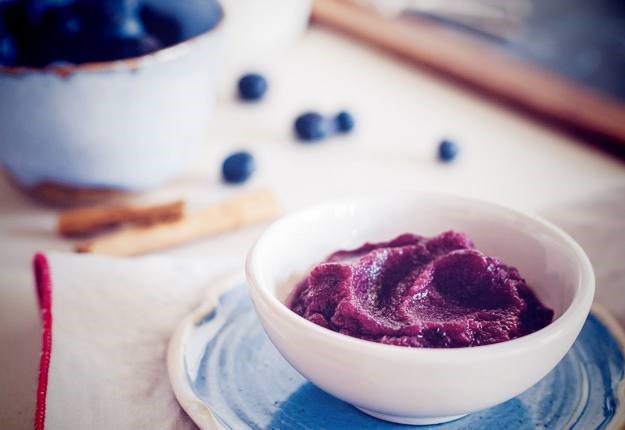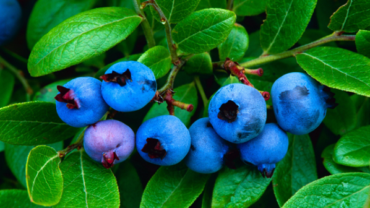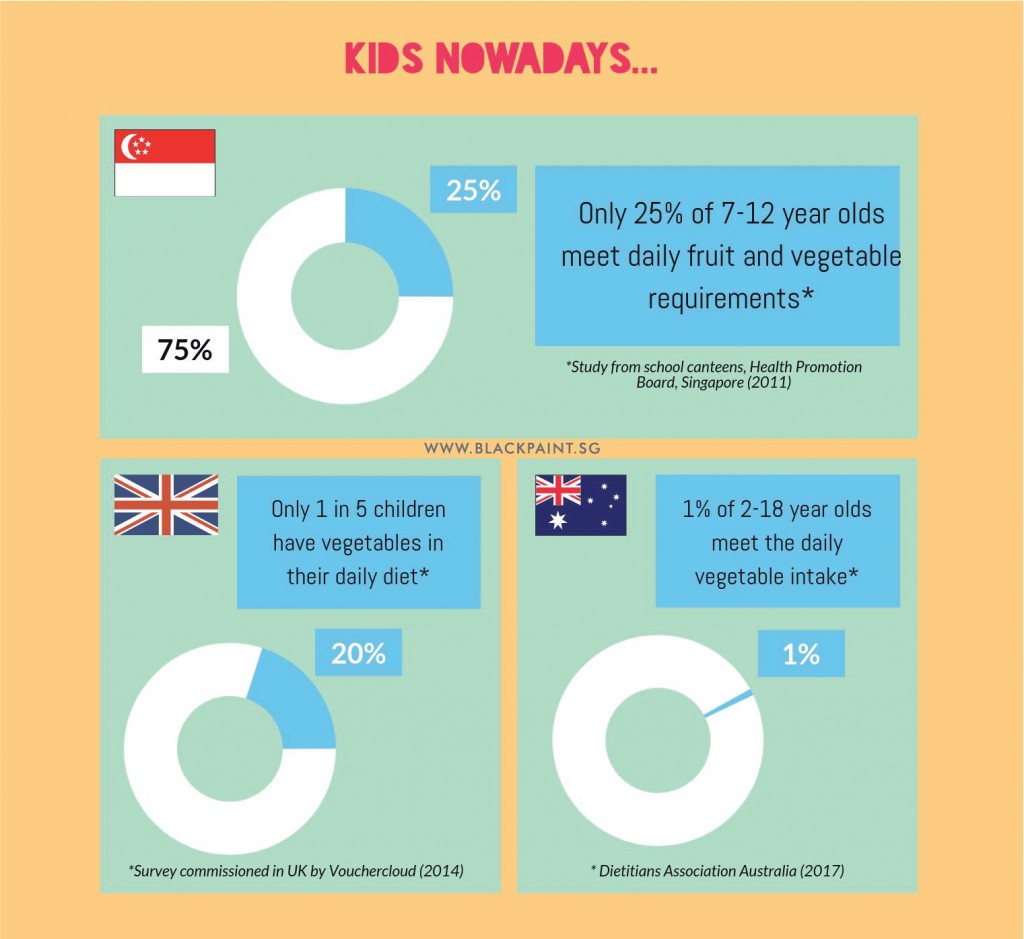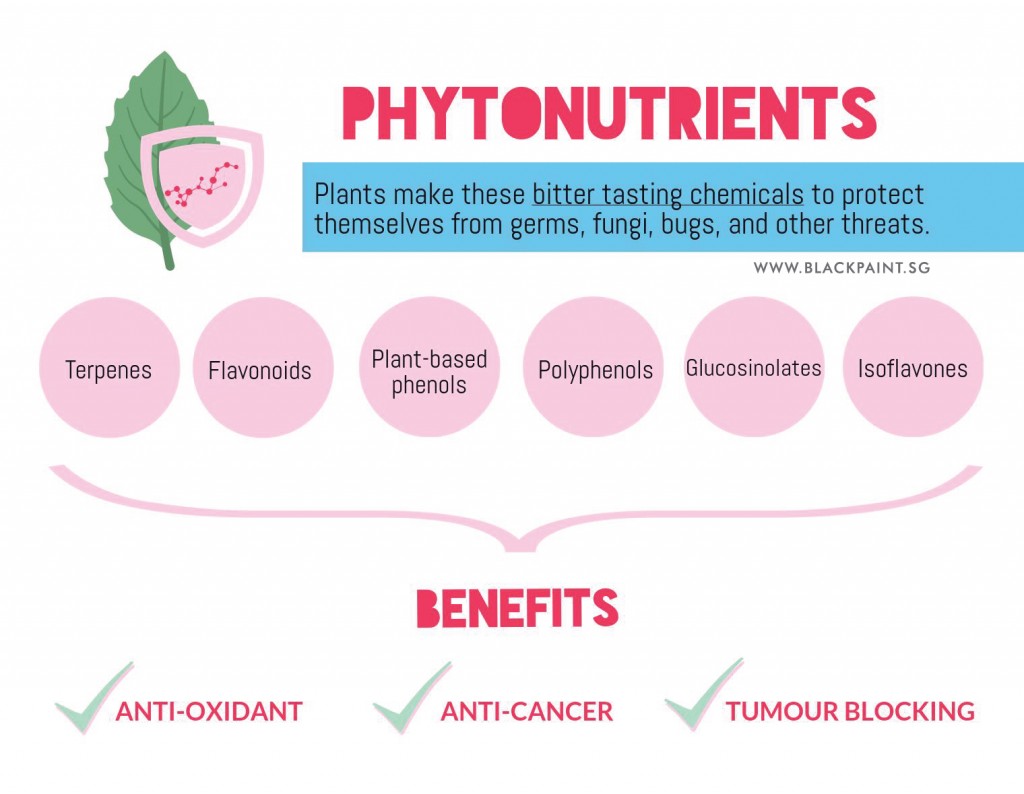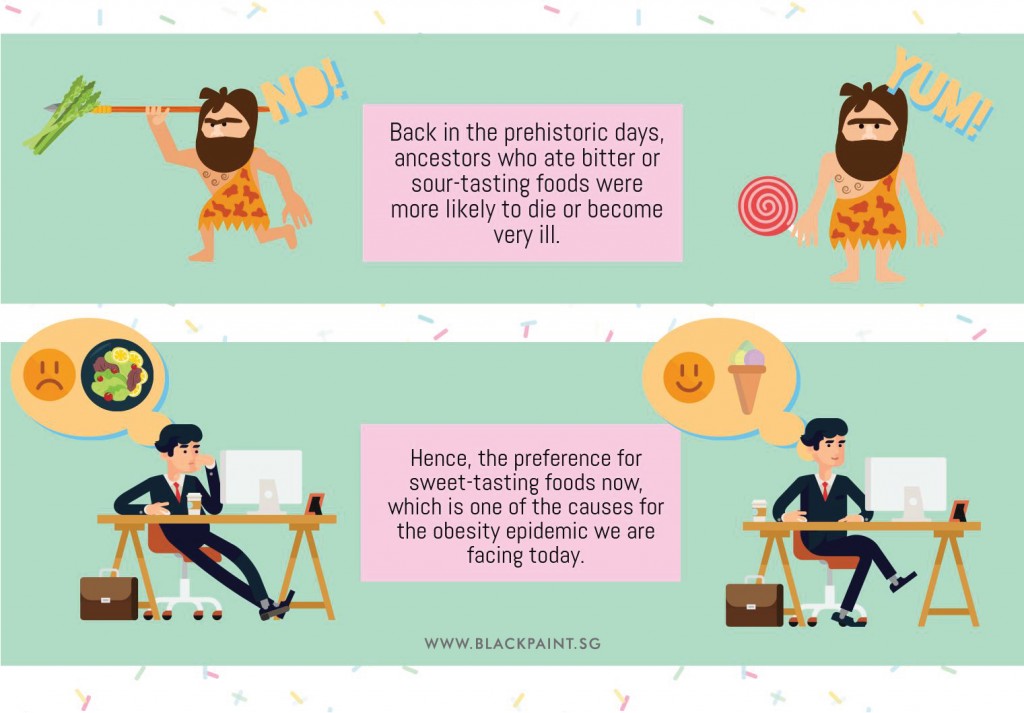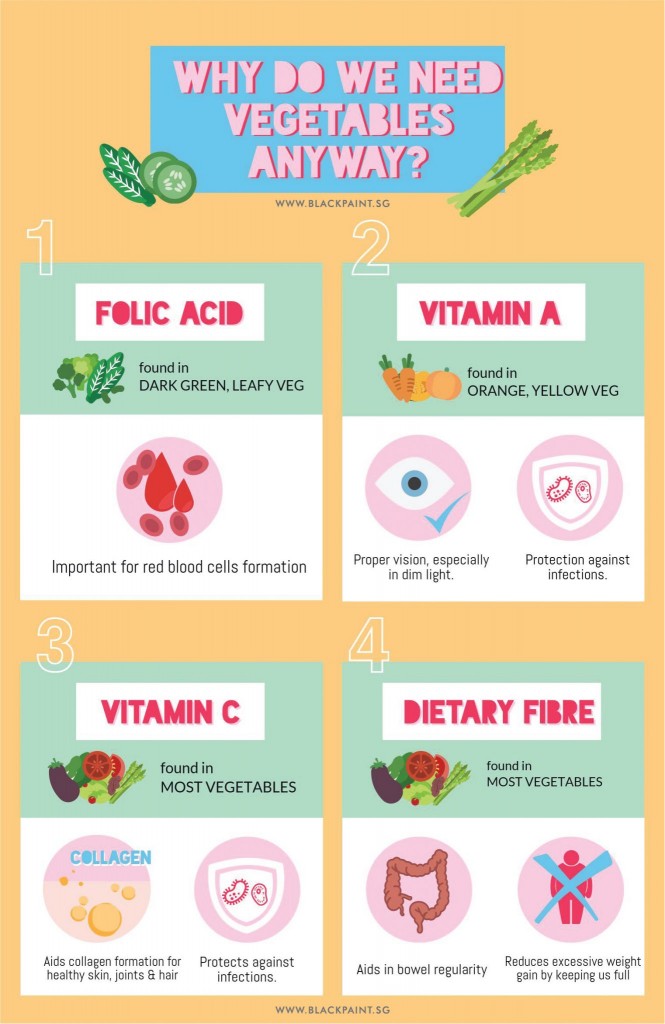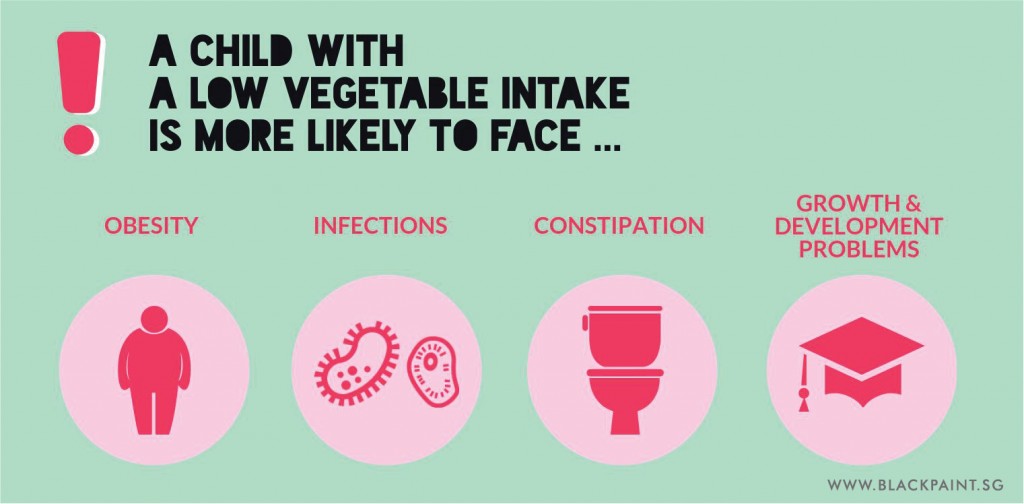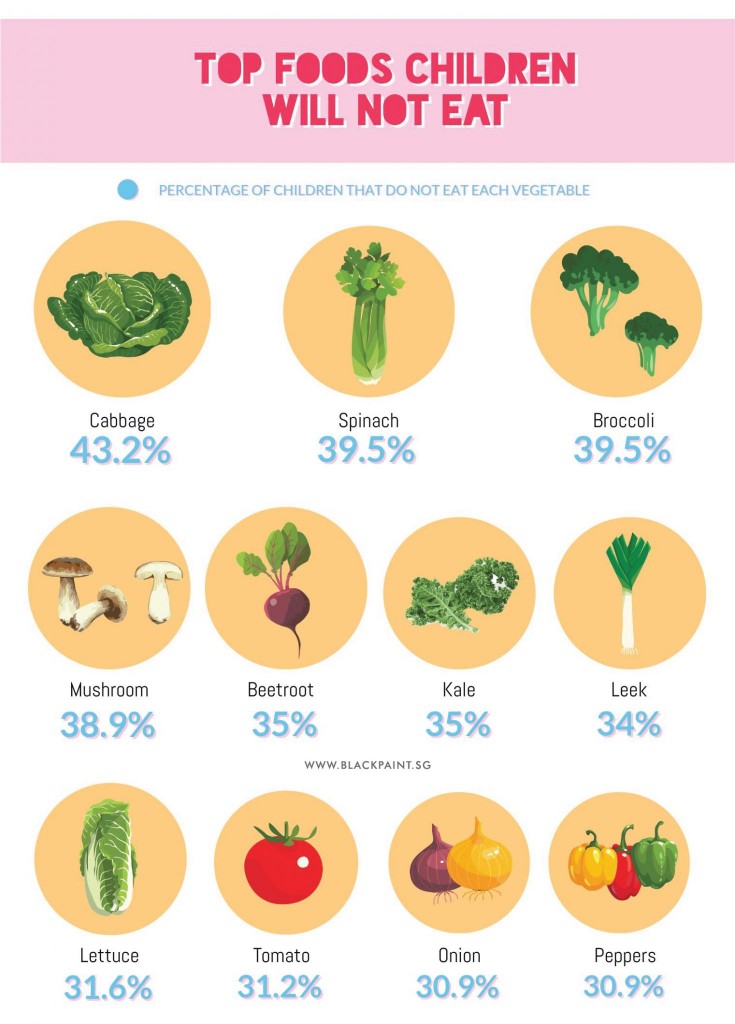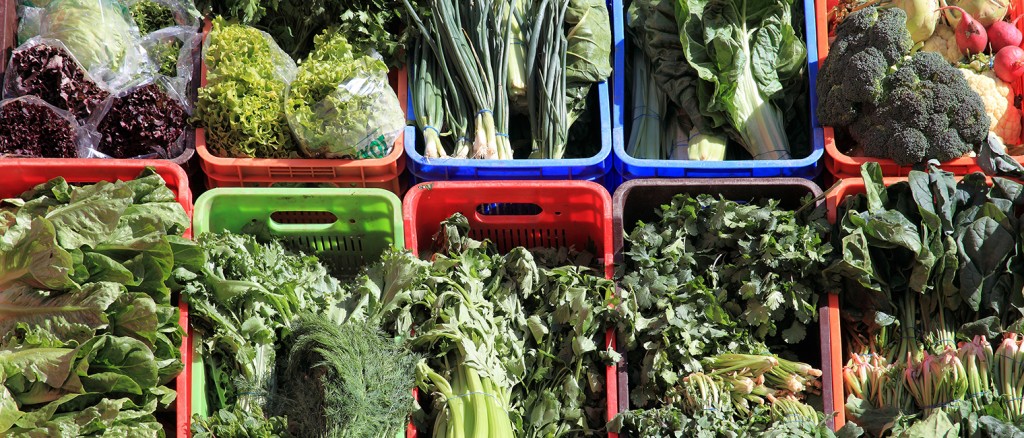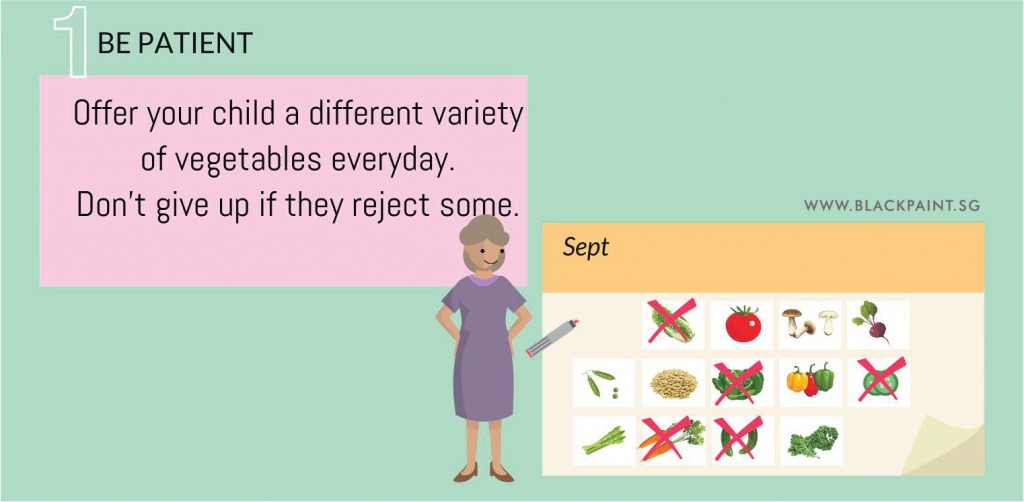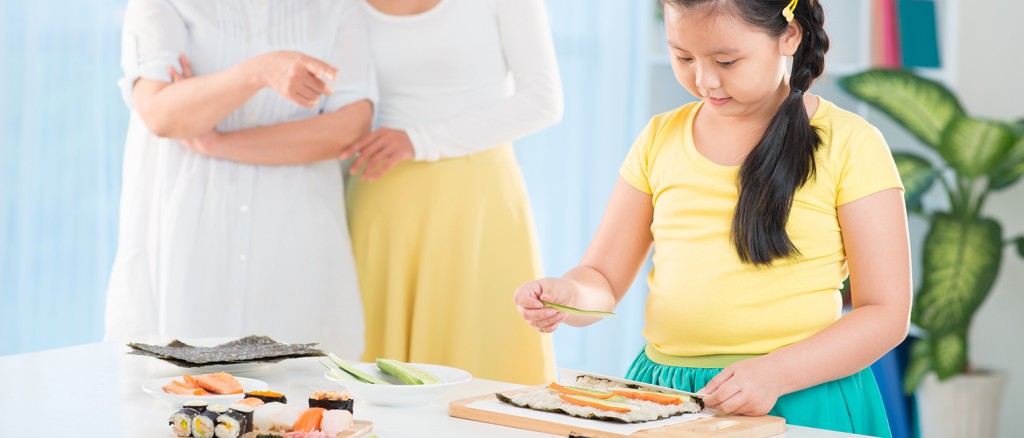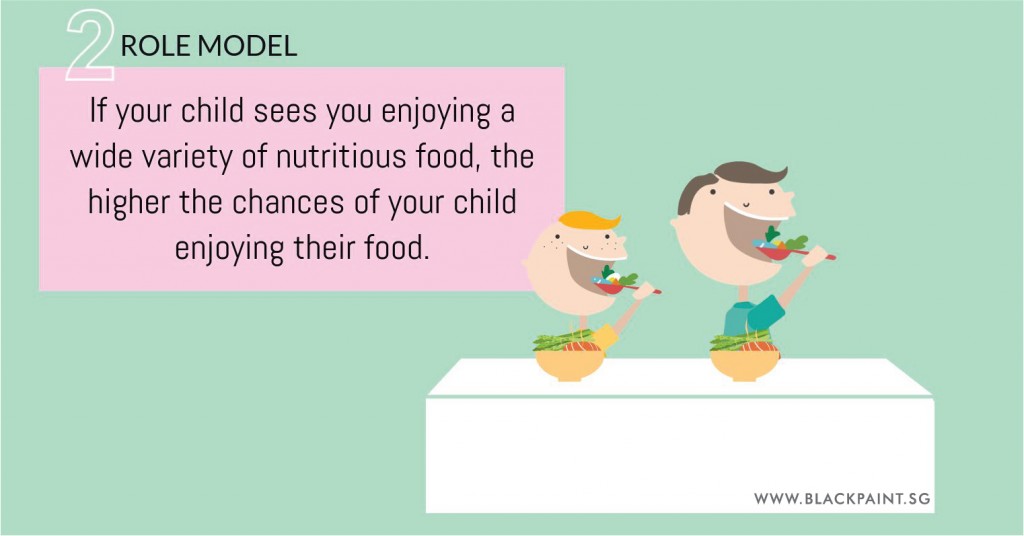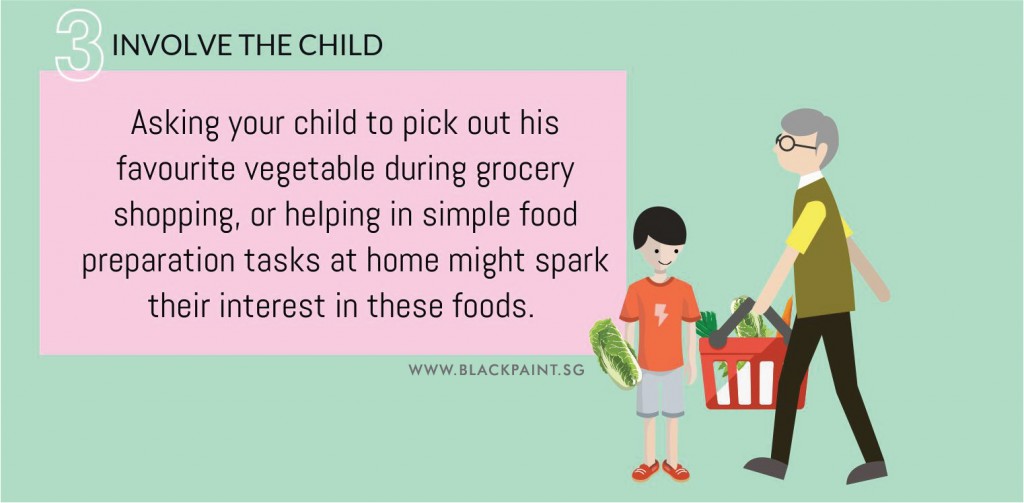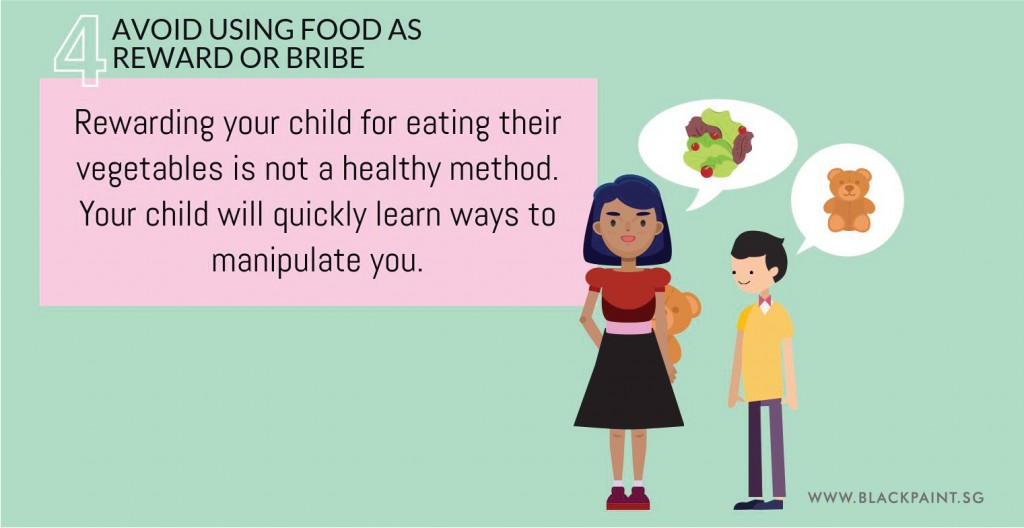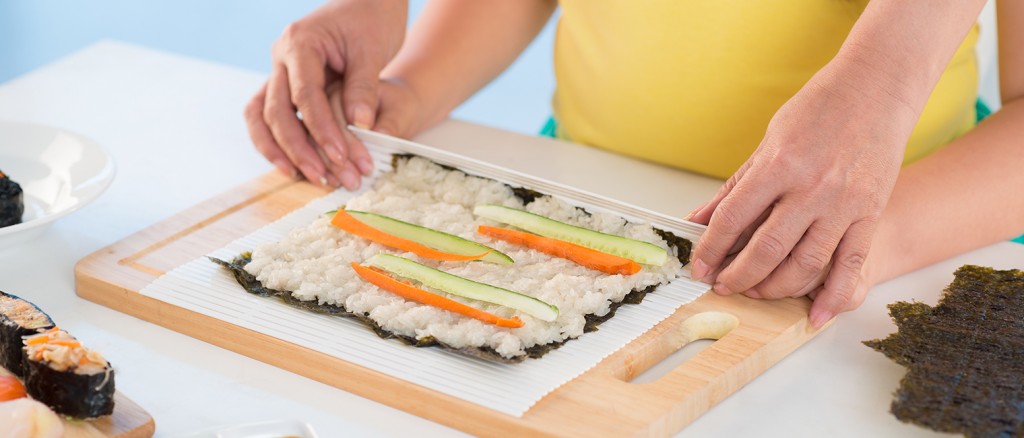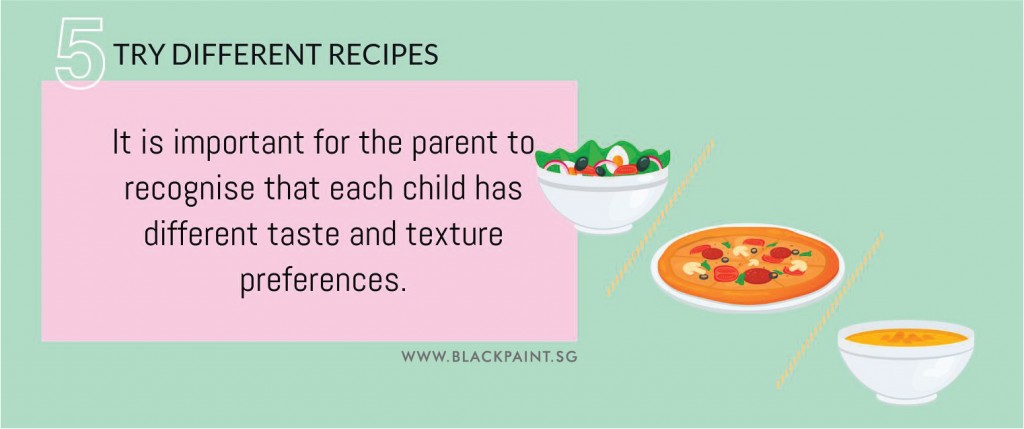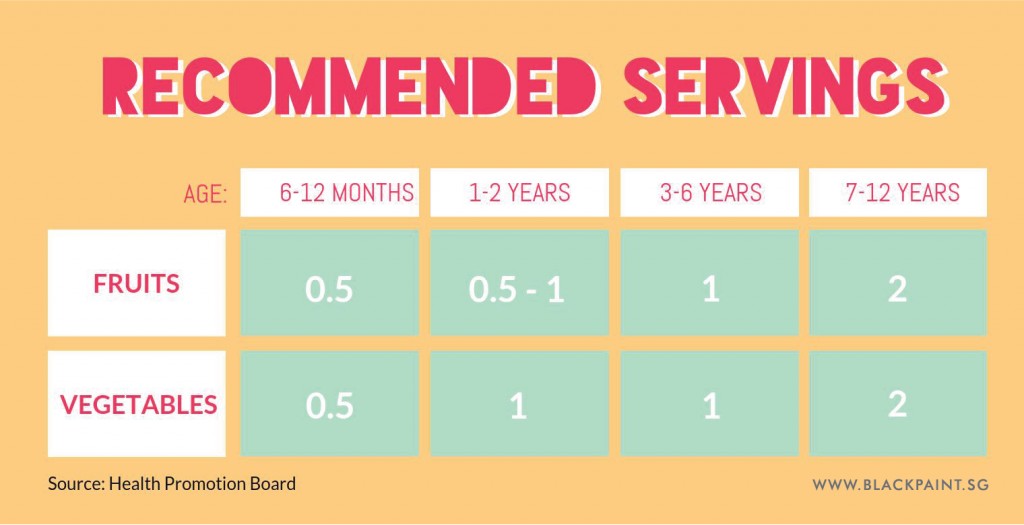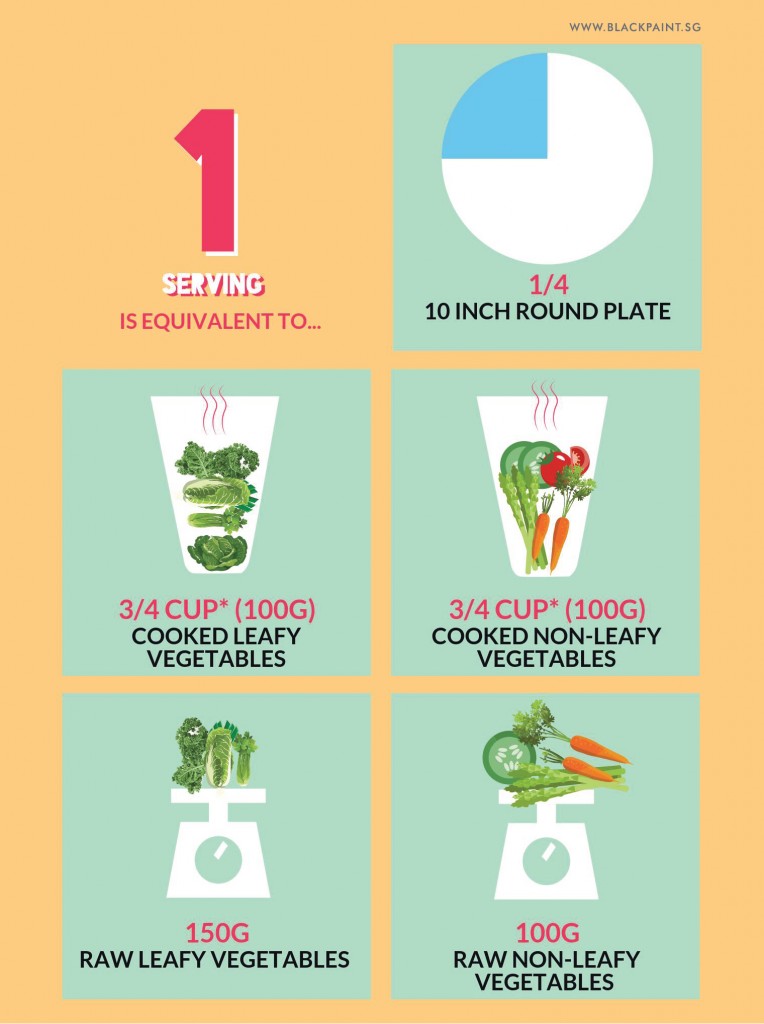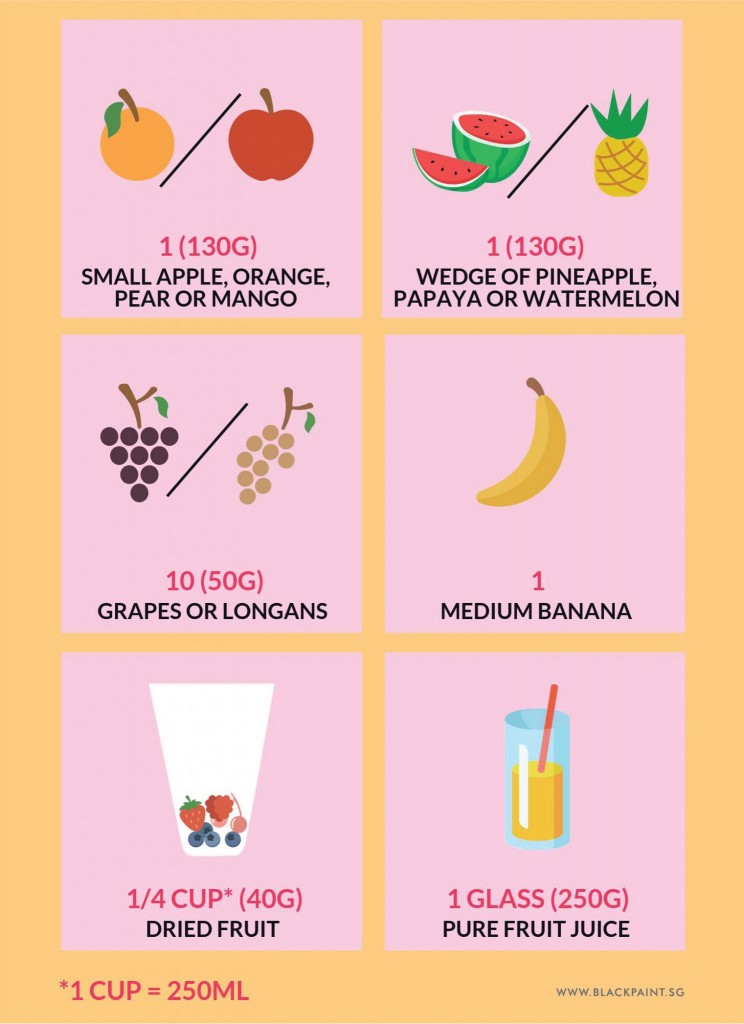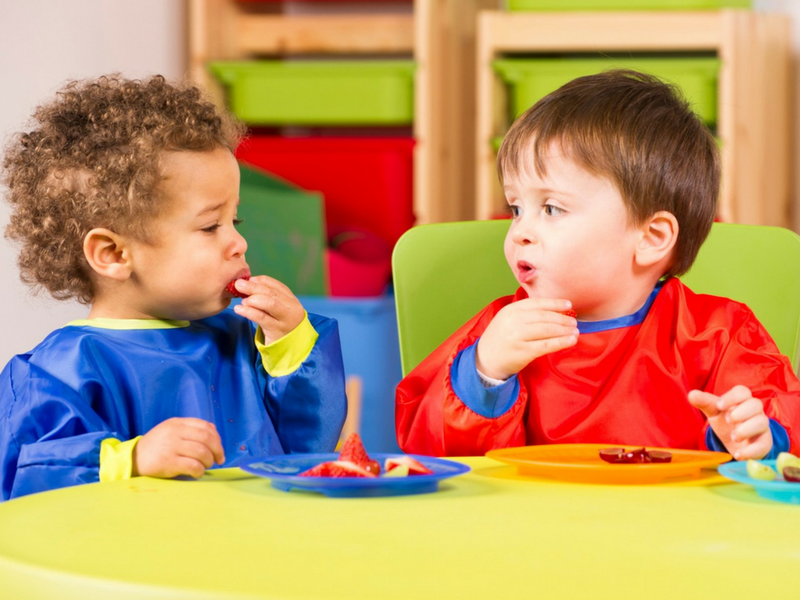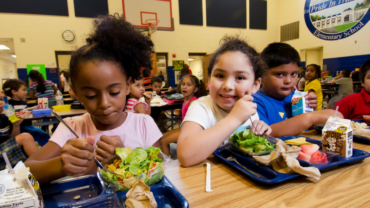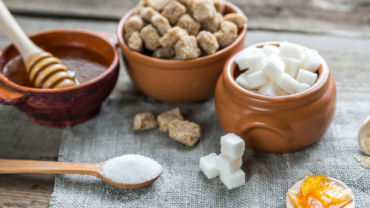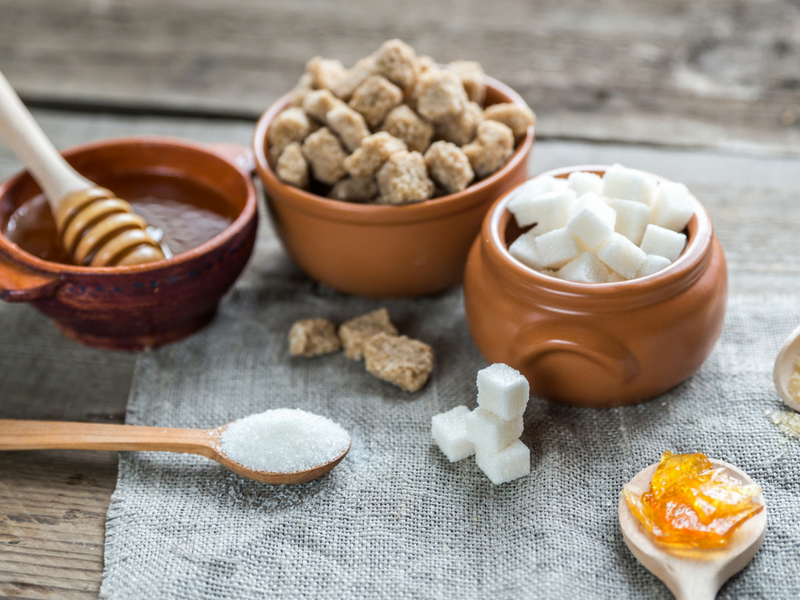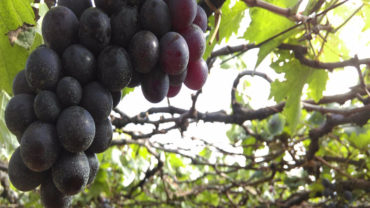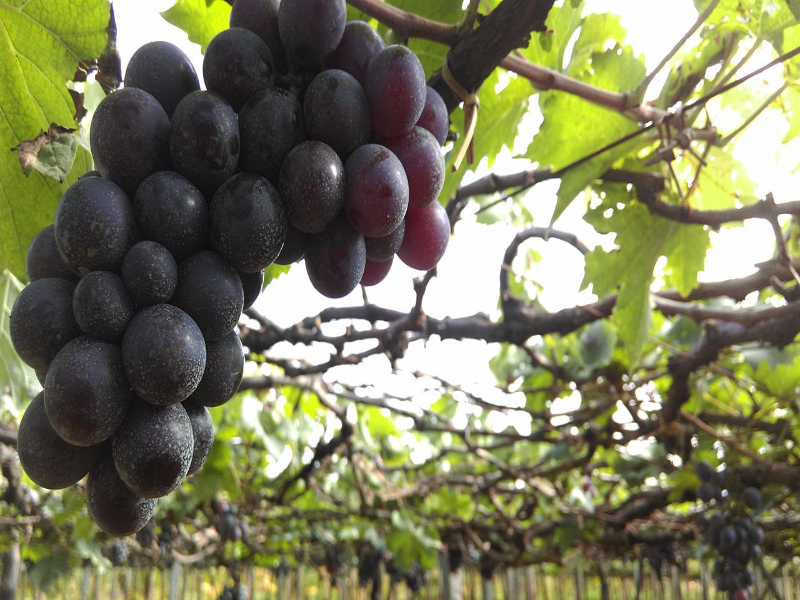via Berry Health: Oxygen Radical Absorbance Capacity (ORAC), Anthocyanin, and Ellagic Acid Values
Curative aspects of the red raspberry have been of botanical interest since somewhere around 4 A.D. The leaves were made into teas and various parts of the plant were used for throat gargles, morning sickness remedies, digestive cures and the like. Today, new research suggests that eating red raspberries may prevent cancer by inhibiting the abnormal division of cells and promoting the normal death of healthy cells. Tests conducted at the Hollings Cancer Center at the Medical University of South Carolina have revealed that the human body readily absorbs the ellagic acid from red raspberries. This ellagic acid has been clinically shown to cause apoptosis (cell death) in certain
cancer cells.
Among several significant phytochemicals, red raspberries contain ellagic acid, a phenolic compound that has exhibited anti-carcinogenic effects against a wide range of carcinogens in several tissues. Ellagic acid contributes to significant inhibition of colon, esophageal, liver, lung, tongue, and skin cancers in studies with rats and mice, both in vitro and in vivo. By the same token, quercetin, one of the flavanols found in raspberries, has been found to be an effective anticarcinogen against skin, colon, and mammary cancers in rodents. Anthocyanins are also prevalent in red raspberries, working as antioxidants that protect against heart disease and age-related mental decline. What is interesting to note is the superior efficacy of eating red raspberries as opposed to taking the individual phytochemicals in the form of dietary supplements. Though we do not yet fully comprehend why this is so, it is clear the nutraceutical whole is greater than the sum of its parts.
Health Benefits
Red Raspberries contain strong antioxidants such as Vitamin C, quercetin and gallic acid that fight against cancer, heart and circulatory disease and age-related decline. They are high in ellagic acid, a known chemopreventative, and have been shown to have anti-inflammatory properties. Red raspberry ketones are currently being used in Japan as a weight loss supplement. Red raspberry seed oil is creating market interest in the cosmeceutical industry because it is rich in Vitamin E, omega-3 fatty acid and has a sun protection factor (SPF) of 24-50.
- High in polyphenolic compounds known for their anti-cancer properties.
- Contain strong antioxidants such as Vitamin C, quercetin and gallic acid.
- Have a high ORAC level – ORAC is a measure of the antioxidant capacity of a substance. Red raspberries with an ORAC of 24 µmole/TE/g are similar to blueberries, well known for their antioxidant values.
- Raspberries have been shown to inhibit the production of COX-I and COX-II enzymes. Anti inflammatory products like ibuprofen and aspirin, inhibit COX-I and COX-II resulting in the reduction of pain associated with arthritis, gout and other inflammatory conditions.
- Eating whole berries has been shown in scientific studies to be more beneficial than taking the individual phytochemicals in the form of dietary supplements.
- Red raspberry oil is creating interest in the cosmeceutical market (skin care products which provide health benefits). The oil from raspberry seeds is rich in Vitamin E, Omega-3 fatty acids and has a sun protection factor (SPF) of 25-50.
- Red raspberry ketones are currently being used in Japan as a weight loss supplement in a pill form and as an external patch.


